Preparing Children and Young Adults for Emergencies and Disasters
When an emergency happens, would your child know what to do? Disasters can strike anywhere and usually with little to no warning. Talking about disasters with children can be hard because no one wants to create unnecessary fear, and no one wants to think that an emergency could happen to them. The best defense against emergencies is "Planning."
Preparing Our Youth
It truly does take a community to educate our youth through preparedness tips and advice. With everyone doing their part, children can understand the seriousness of an emergency and strive to become leaders in their classrooms and neighborhoods. The Federal Emergency Management Agency (FEMA), offers a document that outlines a vision for prepared youth in the United States. This document seeks to educate youth and their parents so that communities are better able to prepare for, respond to, and recover from future disasters. Curriculum can be found here for children of all ages.
Preparing Kids of for Emergencies and Disasters
- Stress the importance of planning. Showing the importance of youth preparedness learning programs in schools and civic organizations allows children to recognize the importance of being prepared.
- Evaluate the emergency plan. If existing youth preparedness programs aren't up to par, work with other in the community to discuss changes for the plans to keep them up-to-date.
- Gather support in your community. Work with other community organizations allows you to reinforce the preparedness message.
- Get to Know Your Local Heroes. Develop a relationship between local youth and the first responders in your community. This will help kids understand how these heroes respond in emergency situations. Your kids can also learn from their own heroes what they can do to help in a disaster.
- Build as many community connections as possible. Connect youth preparedness to family and community participation. Doing so will allow your child to become an advocate in your area.Find opportunities to insert youth preparedness education into youth culture, such as using social media or local ads to initiate a conversation about the importance and effectiveness of preparedness programs.
- Make School Preparedness Key. Schools already community participation. By adding preparedness programs that include curriculum, drills and exercises for all local disasters can help children understand what to do in an emergency.
- Make Your Plan Fit Your Region. Create a sustaining model that will design, develop, and deliver valuable programs. In doing so, you will have the tools needed to teach preparedness to the youth in your community. Because certain areas are known to have specific recurring natural disasters, it's important to create a plan that's unique to your community's needs.
Other online sites with additional training information and activities: Knowledge Empowers Ready, Set, Prepare Ohio.Gov Ohio Department of Health

